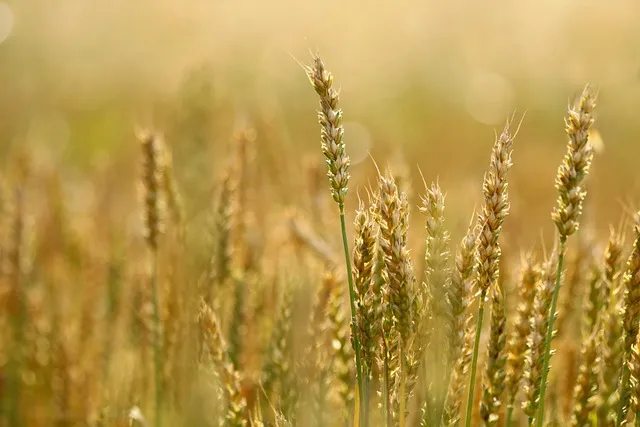Crop rotation is one of the oldest and most effective tools in sustainable farming. But with today’s technology and agronomic insights, smart crop rotation strategies can do more than just prevent soil exhaustion—they can help you maximize yield, restore fertility, suppress pests, and reduce reliance on chemical inputs.
In this guide, we’ll break down why crop rotation still matters, how modern farmers are using it intelligently, and practical rotation plans tailored for U.S. growing conditions.
What Is Crop Rotation?
Crop rotation is the practice of growing different types of crops in the same area in sequential seasons. For example, instead of planting corn in the same field year after year, you might rotate with soybeans, wheat, or cover crops like clover or rye.
Rotating crops disrupts pest cycles, improves nutrient management, and supports healthier soil biology.
Why Crop Rotation Matters in Modern Farming
-
Boosts Soil Fertility
Different crops use and return different nutrients. Legumes, for example, fix nitrogen in the soil—reducing fertilizer needs for the next crop. -
Controls Weeds and Pests
Rotating crops interrupts the lifecycle of pests and diseases that thrive on monocultures. -
Improves Soil Structure
Alternating deep-rooted and shallow-rooted crops enhances soil aeration and drainage. -
Reduces Chemical Dependency
Smarter crop sequences reduce the need for herbicides and synthetic fertilizers. -
Maximizes Long-Term Yield
Healthier soil equals stronger plants, which means better yields over time.
Smart Crop Rotation Strategies
1. Corn–Soybean–Wheat Rotation (Classic Midwest Model)
-
Year 1: Corn
-
Year 2: Soybeans
-
Year 3: Winter Wheat or Oats
-
Optional: Add a cover crop such as clover or rye after wheat
This rotation improves nitrogen balance, reduces corn rootworm pressure, and helps maintain year-round soil coverage.
2. Incorporating Legumes for Nitrogen Fixation
Legumes like alfalfa, clover, and field peas naturally fix nitrogen in the soil. By placing a legume crop ahead of a heavy nitrogen user like corn, you can reduce your synthetic fertilizer usage significantly.
Pro tip: Follow a legume crop with corn to maximize yield while minimizing nitrogen input.
3. Cover Crops Between Cash Crops
Cover crops such as radishes, rye, or vetch can be planted during the off-season to suppress weeds, prevent erosion, and add organic matter.
Best practice: After harvesting soybeans, plant cereal rye as a winter cover crop. Terminate rye in spring before planting corn.
4. Avoid Back-to-Back Heavy Feeders
Crops like corn and cotton are heavy nutrient users. Repeated planting of these can deplete soil quickly. Always follow them with:
-
A legume (to replenish nitrogen)
-
A small grain or cover crop (to restore structure)
5. Data-Driven Rotation Planning
Modern tools like farm management software and soil testing kits can help farmers:
-
Monitor nutrient levels
-
Map crop histories
-
Adjust future rotations for optimal performance
Use platforms like John Deere Operations Center or Climate FieldView to track field performance by crop year.
Sample 4-Year Rotation Plan for U.S. Row Crop Farms
Year 1: Corn
Year 2: Soybeans
Year 3: Wheat
Year 4: Clover or other nitrogen-fixing cover crop
This cycle promotes nutrient cycling, breaks pest and disease cycles, and improves soil structure.
Tips for Successful Crop Rotation
-
Keep detailed records of what was planted where and when.
-
Test soil regularly to monitor nutrient changes.
-
Adjust rotations based on pest pressure, market conditions, and climate patterns.
-
Include livestock grazing on cover crops when possible for added revenue and soil health.
Final Thoughts
Smart crop rotation is more than just rotating corn and soybeans—it’s a long-term investment in your soil, your yields, and your farm’s profitability. By incorporating diverse crops, legumes, cover crops, and data-driven decisions, American farmers can build a more resilient and productive farming system.

